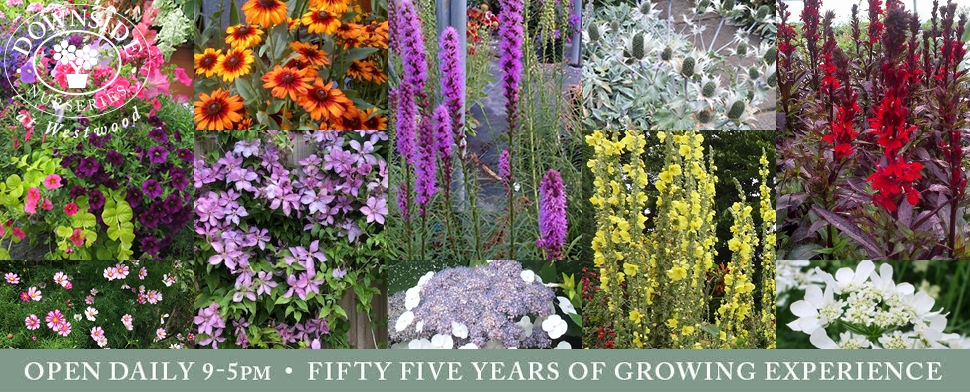Hellebores are looking wonderful now. Do not neglect H.foetidus – stinking Hellebore. The leaves only smell if crushed and the sprays of lime green flowers contrast nicely with the finely cut bottle green leaves. Flowering starts in December and continues until March so this can be used to give some winter interest to an area of deciduous shrubs. H.argutifolius is useful too – lime green flowers again but both leaves and flowers more typically Hellebore-like.
H. niger – the Christmas rose is confusingly pure white. The niger refers to the black roots. It is a tricky plant at the best of times and most plants offered now are the look-alike hybrid – H. nigercors. These are tough and easy and flower from December on.
One of the reasons Hellebores are so good and long-lasting in the garden is that what appears to be petals are actually sepals – the flower is the tiny bit in the centre. This means that they do not die when the flower is pollinated but persist for weeks, gradually turning green.
Many of the Hellebores on offer are named varieties grown from divisions or tissue culture so you know exactly what to expect. H. orientalis, however, (the Lenten rose) is highly promiscuous – though one customer looked deeply shocked when we told her that! All this means is that they cross pollinate readily and you can never be sure how they are going to turn out. They are all lovely but some really stunning plants result from these chance crosses.
Hellebore seed remains viable for a very short time so it is often easier to let them self-sow and harvest the seedlings. This needs doing with some care; the roots are brittle and very deep even on a small plant. It will be at least two years before the plant reaches flowering size but well worth the wait.
In the garden the orientalis and nigercors hybrids can sometimes suffer from black spots on the leaves due to fungal infection. This does not affect the plant but looks unsightly so it is best to cut these down in the autumn and destroy any infected material.








